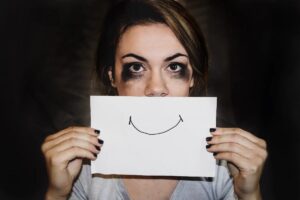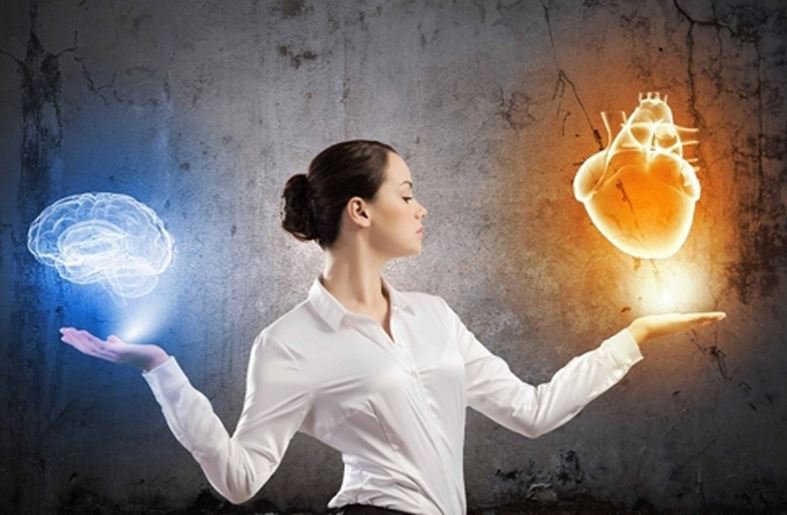Educate Girls For a Better Tomorrow


Famous American actress, filmmaker, and humanitarian, Angelina Jolie remarked, “There is no greater pillar of stability than a strong, free, and educated woman.” It has been several centuries since the First-wave feminism and many people think the need for feminism is over, unfortunately, that is not true! One out of three women has reported being sexually harassed in public! Work done by women, even if she gets paid for it, is given little or no value at all!
In India, leaders such as Ishwar Chandra Vidyasagar rightly viewed education as the primary way for women to achieve emancipation from the oppressive rules of the society. Education is the key to achieve freedom from the rules coined by the oppressive patriarchal society. For, education would spread awareness among women and enable them to fight for their rights.
In this 21st century, education still remains an unfulfilled dream among millions of young girls across the globe. In 2008, 796 million adults worldwide (15 years and older) reported not being able to read and write and two-thirds of them (64%) were women. The global adult literacy rate was 83%, with a male literacy rate of 88% and a female literacy rate of 79%. More than half of those unable to read and write – 412 million – lived in Southern Asia. A further 176 million adults were in sub-Saharan Africa. Together, these two regions accounted for three-quarters (74%) of adults unable to read and write worldwide.
Despite significant improvements in recent decades, education is not universally available and gender inequalities persist. A major concern in many countries is not only the limited numbers of girls going to school but also the limited educational pathways for those that step into the classroom. More specifically, there should be more efforts to address the lower participation and learning achievement of girls in science, technology, engineering and mathematics (STEM) education.
The overall literacy rate has have risen in India since independence from around 18% in 1950s to 74% in the last census. But the averages hide disparities. When compared with the rest of the world, the female literacy rate is considerably low in India at around 60%, which is 22% below the world average of 82.65%. The figures show stark difference in India’s female literacy is not only with the developed countries but also with middle and lower income countries like Sri Lanka and Zimbabwe.

It is said that education increases people’s self-confidence and also enables them to find better jobs and they can work shoulder to shoulder with men. They engage in public debate and make demands on government for health care, social security and other entitlements. The lack of education prevents women from entering the workforce and getting high paid jobs. Many studies have also concluded that female education has a significant impact on the future generation as they usually have a more direct role to play in their children’s education than their father. Studies show that an addition of a year of schooling to mother’s education has a significantly higher impact on the next generation than addition to the father’s schooling by the same number of years. Also, better birth outcomes like higher birth weight and lower child mortality are observed among educated mothers.
Educated girls have proved themselves to be equal to men, if not better in diverse fields, be it science, liberal arts, literature, sports, just to name a few. These women have dealt the misogynistic rules of the society with courage and determination. Educated girls take part in public and political affairs and Nordic countries such as Finland, Iceland etc have proven that participation of women in public and political affairs helps in narrowing the gender gap.
This pandemic has illustrated precisely how educated women can lead the world. Flattening the curve, essentially curbing the rate of infection of the virus, is what most countries are looking to achieve. Most of the countries that have achieved this are led by women. In Germany, long standing Chancellor, Angela Merkel has flattened the curve in Germany with the European nation seeing a 95% recovery rate from infections. New Zealand led by Prime Minister Jacinda Ardern was one of the first countries to record zero covid-19 cases. Belgium led by Sophie Wilmes succeeded in getting Belgium’s death rate down to bay and has overseen a recovery rate of 67%. Finland led by Sanna Marin has overseen a recovery rate of 95%.

Education makes young educated girls and women aware of the fact that they deserve to be treated with respect and dignity and have the same rights as their male counterparts. Throughout history, the regions in the world that have experienced the most economic and social progress are those that have been successful in providing widespread and equitable access to education. Women empowerment is the most crucial point to be noted for the overall development of a country. American Lawyer, Author and former First Lady of The United States of America Michelle Obama rightly viewed, “When girls are educated, their countries become stronger and more prosperous”

Ms. Snigdha Raja
Student
Kollam,Kerala









